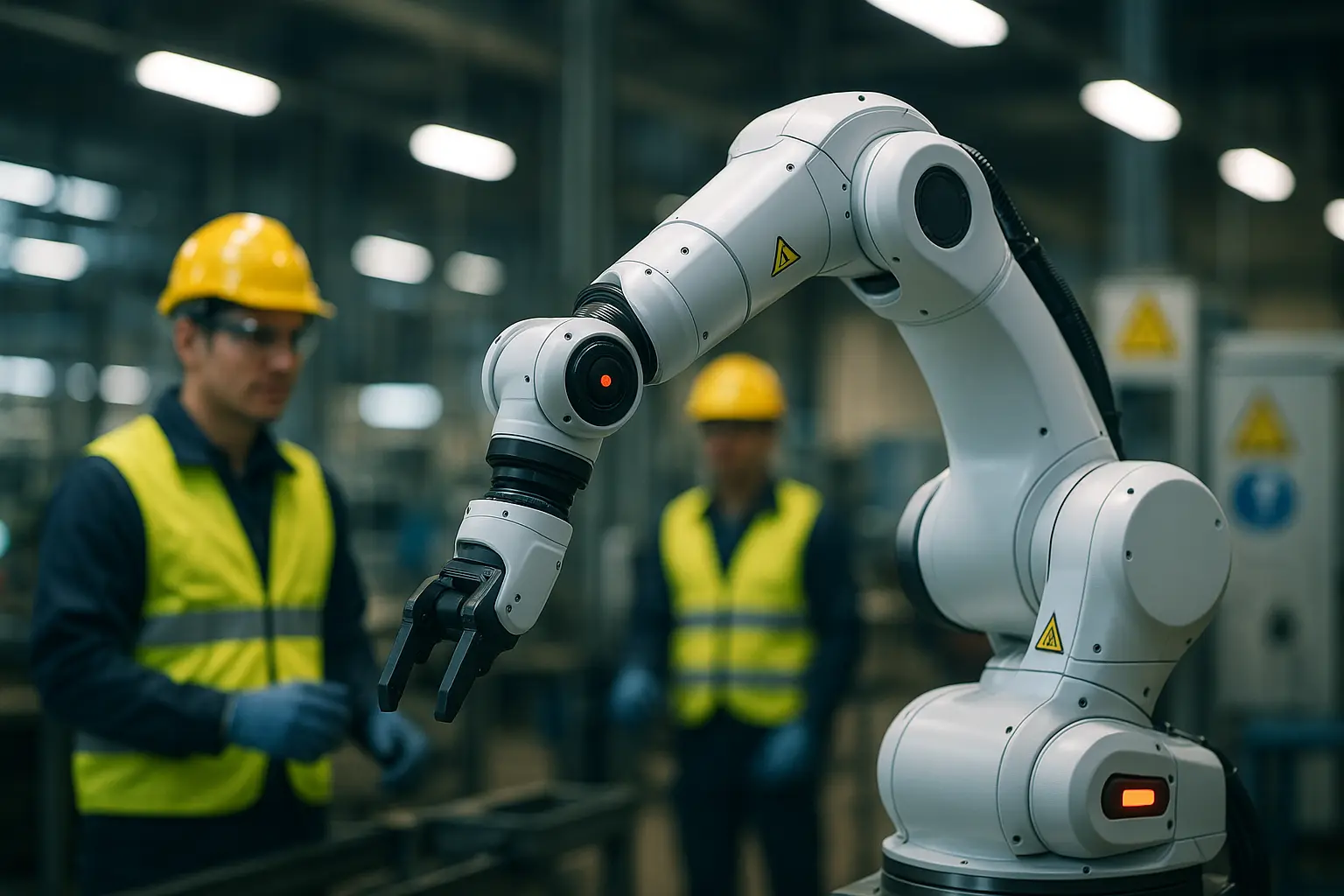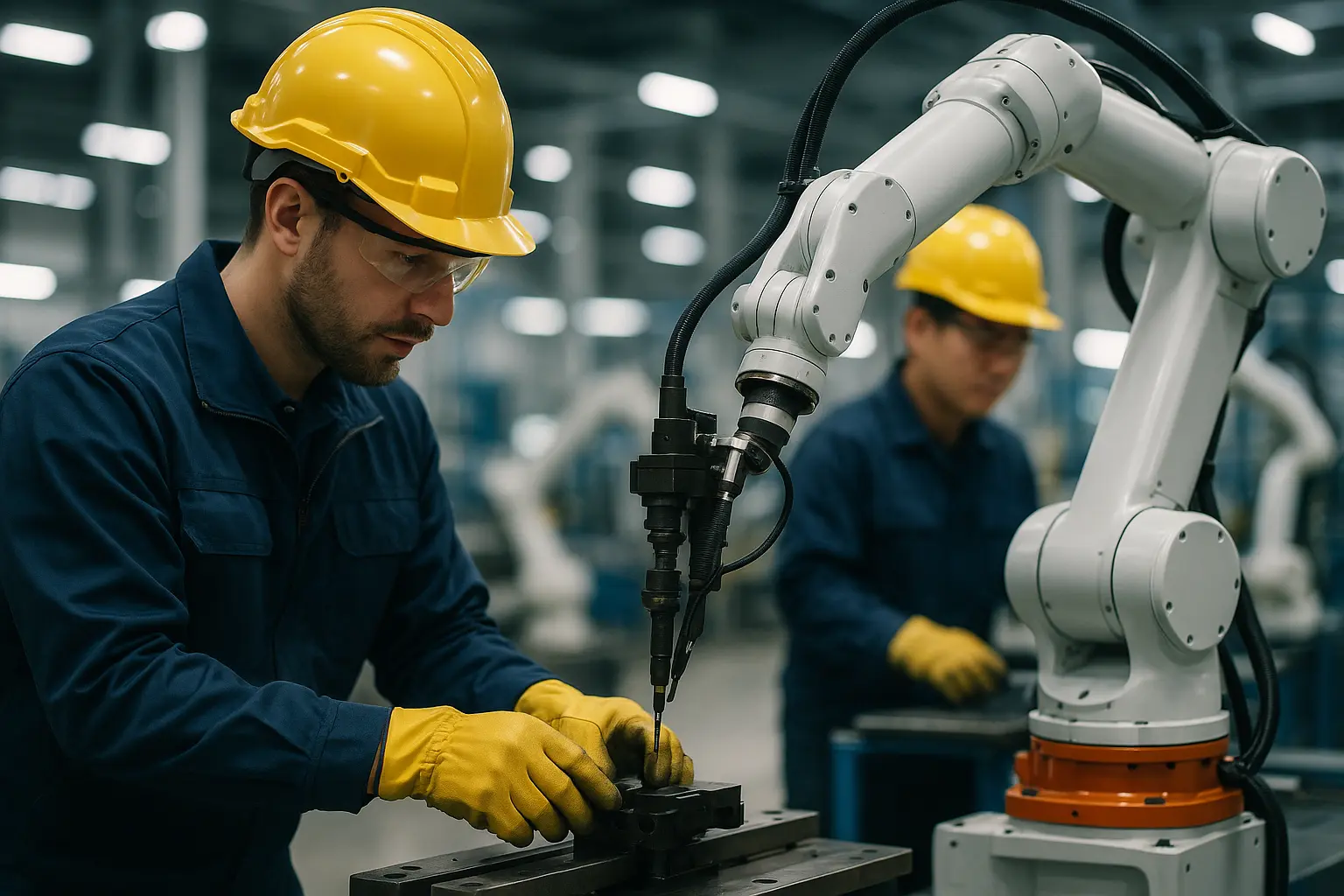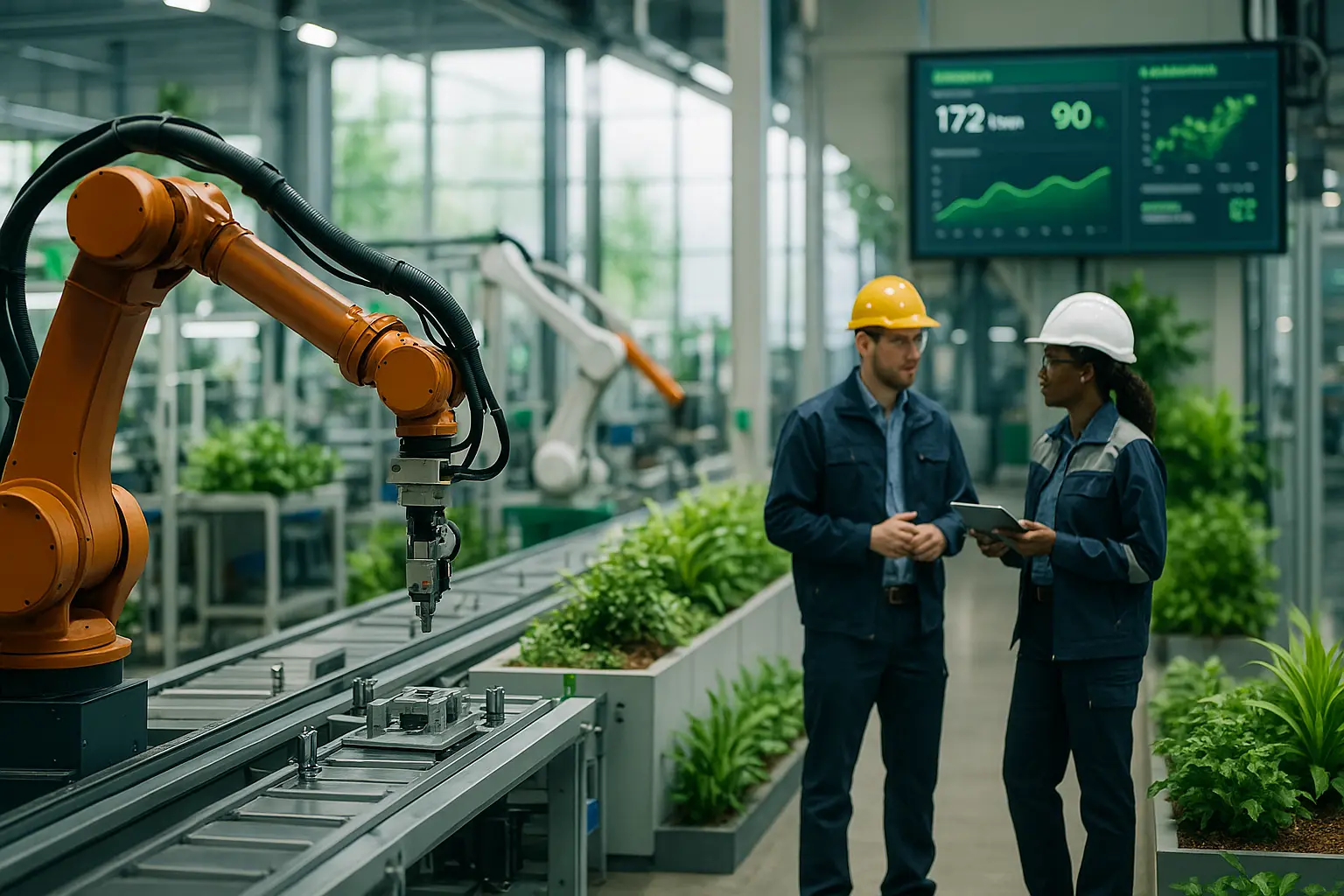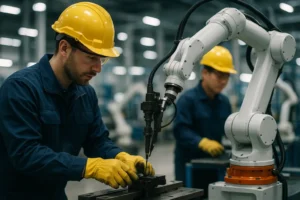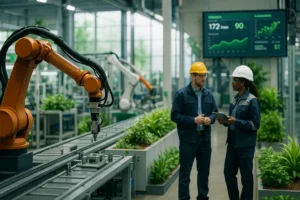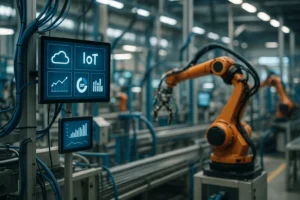How Robotics Improve Workplace Safety
In the fast-paced evolution of technology, few areas have captivated our attention quite like robotics. As we stand on the precipice of a new era, the integration of robots into various facets of our workplace is not just a futuristic idea but a present reality. Today’s discussion centers around a topic of paramount importance: how robotics enhances safety in the workplace. With industrial automation reaching unprecedented levels, safety for workers becomes a cornerstone of modern labor practices. But how exactly do these mechanical marvels contribute to a safer work environment? Let’s delve deeper and explore.
The Role of Robotics in Enhancing Workplace Safety
As we embark on this exploration, it’s pivotal to recognize the profound impact robots have on workplace safety. From reducing human exposure to dangerous tasks to consistently executing precision-driven tasks, the realm of robotics is transforming labor dynamics.
Reducing Human Risk: In traditional manufacturing settings, workers often engage in tasks that pose significant risks. Robots step in to mitigate these risks. For instance, in industrial settings where exposure to toxic chemicals or extreme temperatures is prevalent, automated systems can perform these tasks with minimal human involvement. This transition ensures that work-related injuries stemming from such environments are drastically reduced.
Precision and Consistency: Beyond mere safety, the precision and consistency offered by robotic automation are unparalleled. Where human error might lead to safety hazards, robots excel by maintaining the same high level of performance. This reliability means fewer accidents and a safer workspace.
Data-Driven Safety Enhancements: Incorporating data analytics into robotics offers another layer of safety. By collecting and analyzing real-time data, automated systems can predict and react to potential hazards faster than humans. This proactive approach ensures a work environment that’s not just reactive but preventive.
Addressing Health Concerns with Robotics
In the quest for optimal workplace safety, addressing health concerns is pivotal. Here, robotics plays a transformative role, safeguarding the well-being of workers across various sectors.
Minimizing Ergonomic Strain: Many traditional roles pose significant ergonomic challenges, leading to chronic injuries over time. Robots can undertake repetitive or strenuous tasks, ensuring that workers aren’t subjected to unnecessary physical strain. This not only reduces the likelihood of injuries but also improves overall worker well-being.
Reducing Exposure to Hazardous Environments: There are numerous environments in which humans are at risk, from nuclear facilities to chemical plants. In such scenarios, robots can perform tasks that would otherwise endanger human health. The ability of robots to operate in these conditions without adverse effects underscores their safety benefits.
Improving Mental Health at Work: In addition to physical health, the mental well-being of workers is paramount. By reducing stress associated with dangerous or monotonous tasks, robots contribute to a more positive work experience. This enhancement to worker morale is an often-overlooked facet of robotics in the workplace.
Standardization and Safety Protocols
Robotics in the workplace necessitates adherence to stringent safety protocols and standards. These guidelines ensure that both robots and humans operate harmoniously and safely.
Developing Universal Standards: As robotics becomes more integrated into everyday work, establishing universal safety standards is imperative. These standards not only ensure the safe operation of robots but also protect workers from unforeseen risks. Consistency in protocols fosters a culture of safety across sectors.
Training and Coexistence: The symbiosis of humans and robots requires thorough training programs. Workers need to understand robotic systems, recognizing potential risk areas and how to efficiently work alongside these machines. Such training empowers workers to leverage robotics effectively, enhancing overall safety.
Continuous Improvement through Feedback: Continuous feedback loops between workers and systems are crucial. By gathering insights from workers interacting with robots, companies can continuously refine safety protocols, ensuring best practices evolve with technological advancements.
The Impact of Robotics on Labor Dynamics
The introduction of robots into the workplace undeniably shifts labor dynamics. While concerns about automation and job displacement persist, a nuanced understanding reveals myriad positive effects.
Alleviating Dangerous Labor: By assuming roles that are hazardous to humans, robots shift workers towards safer and often more rewarding positions. This transition underscores the role of robotics in not just preserving but enhancing workplace safety.
Creating Tech-Driven Opportunities: As robots take on more tasks, there is a surge in demand for tech-savvy professionals. This evolution invites workers to upskill, embracing new roles that are safer and more aligned with modern technological landscapes.
Boosting Overall Efficiency: The consistency of robots ensures that processes are efficient and streamlined, reducing the likelihood of work-related injuries. This efficiency translates into a safer and more productive work environment, benefiting both workers and employers.
As we look to the future, the relationship between robots and workplace safety will only deepen. The integration of robotics offers a paradigm shift, prioritizing worker health and safety like never before. While the journey is ongoing, the steps taken thus far are promising, pointing towards a future where humans and machines coexist harmoniously, ushering in an era where safety is paramount. By embracing these advancements, we are not just enhancing workplace safety, but redefining the very essence of work itself. Let’s move forward, harnessing the power of robotics to create safer, healthier, and more efficient work environments for all.
FAQ
What role do robots play in enhancing workplace safety?
Robots can perform hazardous tasks that may pose risks to human workers, such as handling toxic materials, working in extreme environments, or performing repetitive tasks that could lead to injuries.
How do robots help in reducing workplace accidents?
Robots minimize human involvement in dangerous jobs, thereby significantly reducing the potential for workplace accidents. They can be programmed to adhere to strict safety protocols, ensuring consistent adherence to safety guidelines.
Can robots improve ergonomic conditions for workers?
Yes, robots can assist in minimizing physical strain by handling heavy lifting and repetitive motions, reducing the likelihood of musculoskeletal disorders among workers.
Do robots require special safety measures when integrated into workplaces?
While robots enhance safety, they also require specific safety measures, such as defined workspace boundaries, emergency stop functions, and regular maintenance to ensure their safe operation.
What are the long-term safety benefits of using robots in workplaces?
In the long term, robots contribute to a safer work environment by reducing the number of workplace injuries, enhancing productivity with fewer disruptions, and allowing human workers to focus on tasks that require cognitive skills.
